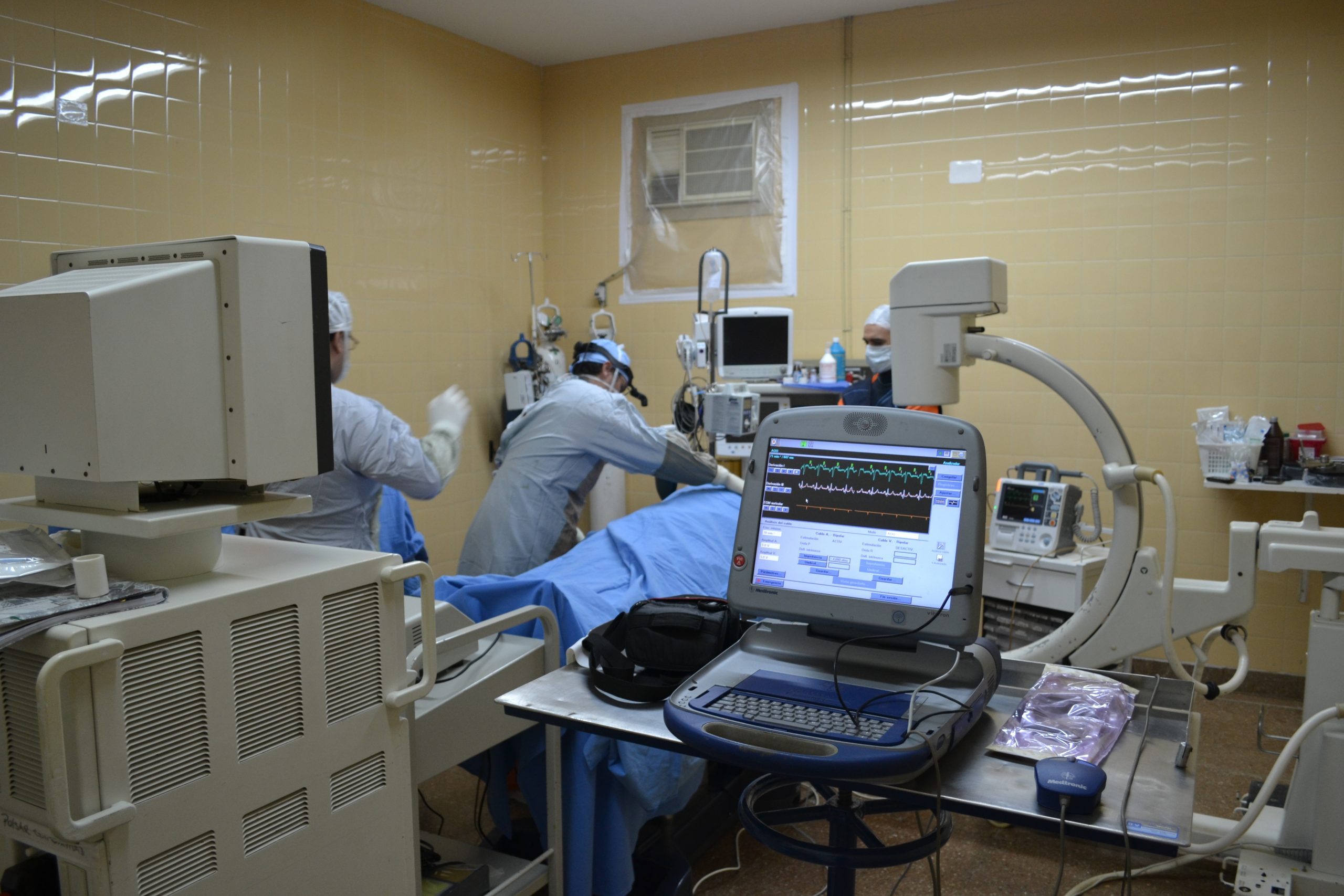 While much maligned in the popular consciousness, medical malpractice lawsuits serve a vital function in protecting patients’ rights when accessing healthcare. In Louisiana, a successful medical malpractice lawsuit must show the physician being sued had a standard of care for their patient, the physician violated this standard of care, and there was a connection between this violation and the injury suffered by the patient. See La. R.S. 9:2794(A). Though there are several reasons why a medical procedure may go wrong, proving it was the result of a violation of a standard of care can be difficult at best.
While much maligned in the popular consciousness, medical malpractice lawsuits serve a vital function in protecting patients’ rights when accessing healthcare. In Louisiana, a successful medical malpractice lawsuit must show the physician being sued had a standard of care for their patient, the physician violated this standard of care, and there was a connection between this violation and the injury suffered by the patient. See La. R.S. 9:2794(A). Though there are several reasons why a medical procedure may go wrong, proving it was the result of a violation of a standard of care can be difficult at best.
In March 2007, Alsie Thomas underwent surgery to install a pacemaker in his heart. Dr. Sergio Barrios conducted the surgery. While usually, the pacemaker is installed with three leads placed in the right atrium, right ventricle, and coronary sinus behind the heart. Dr. Barrios instead inserted the first lead in the opposite direction into the left ventricle and the second lead into the aorta instead of the right atrium, with the third lead being installed correctly. After the leads were installed, Dr. Barrios conducted several tests and determined that while there were some abnormal readings, the procedure appeared successful. Subsequent evaluations at the hospital also indicated the pacemaker had been positioned correctly.
However, five days after the surgery, Alsie suffered a stroke, which was diagnosed as a lack of blood flow due to an obstruction of a blood vessel. Throughout the rest of March and through April, Alsie continued to suffer from bouts of heart issues, but subsequent X-rays and scans showed the pacemaker appeared to be placed in the correct location.
Eventually, in May, Alsie was readmitted to the hospital, where it was discovered the two leads had entered his arterial system. He underwent successful surgery with a new surgeon to remove these and install a new pacemaker. Alsie then filed a medical malpractice lawsuit against Dr. Barrios, blaming the placement of the pacemaker leads for his stroke.
During the trial, two expert doctors were called to Dr. Barrio’s defense. Dr. James McKinnie stated that Dr. Barrio’s placement of the leads in an atypical position was a known complication of the procedure. Dr. Michael Hanneman, an expert radiologist, pointed out that for nearly three months and several inquiries, no issues were discovered with the placement of the pacemaker. Alsie called Dr. William Walker as an expert witness, who claimed that Dr. Barrio had violated his duty of care with the atypical placement of the leads. However, he also admitted that the abnormal position of a pacemaker is a well-recognized complication and that sub-optimal surgical results can still result from a proper standard of care.
The Court of Appeals considered the testimony offered to the trial court and determined that in light of the expert testimony, Dr. Barrio’s placement of the pacemaker leads was not a deviation from his required standard of care. When considering conflicting expert testimony, the Court of Appeals reasoned it is up to the jury to determine which expert they find the most compelling. See Washington v. Waring. In this instance, the jury found that Dr. Barrio had not breached his standard of care based on the testimony of Doctors McKinnie and Hanneman. Therefore, the Court of Appeals decided the jury’s verdict was not reached erroneously.
It makes logical sense, with the advances of modern medicine and the precision associated with modern surgical techniques, to assume that a small mistake or complication is the result of negligence on behalf of the doctor. However, as the Court of Appeals stated, a mistake or well-known complication does not amount to a breach of the doctor’s duty of care. It is, however, simply an unfortunate risk associated with surgical procedures.
Author: Colin McGinness
Other Berniard Law Firm Articles on Medical Malpractice: What does “Not Charted, Not Done” Mean in Louisiana, and How Does it Apply to Medical Malpractice Cases?
 Insurance Dispute Lawyer Blog
Insurance Dispute Lawyer Blog

